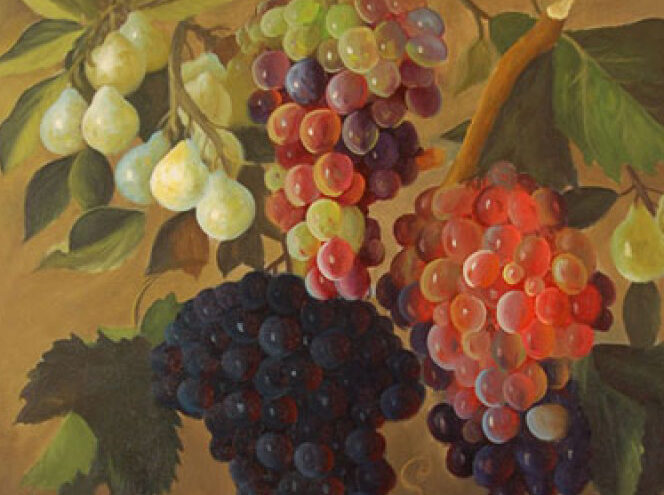Cart
5
Quantity
5,00 €
Quantity
5,00 €
Quantity
5,00 €
Quantity
22,00 €
Quantity
4,00 €
Product You May Also Like
Payment details
Sub Total
46,00 €
Shipping
Free!
Total
46,00 €
Apply

 Strong Haiku
Strong Haiku
 Maccheroni Pasta
Maccheroni Pasta
 Country Orecchiette
Country Orecchiette
 Olio d'Oliva E.V. 500 cl.
Olio d'Oliva E.V. 500 cl.
 Classic Taste Taralli EVO
Classic Taste Taralli EVO



















Leave a comment